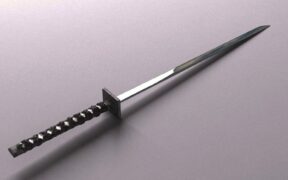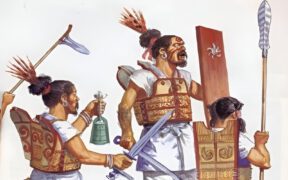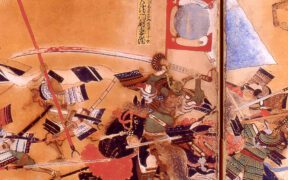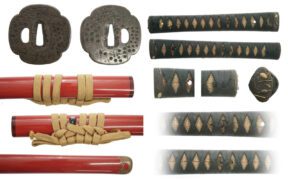Our content features commercial links to our products, committed to transparent, unbiased, and informed editorial recommendations. Learn More
Best Japanese Odachi Swords and Their History
NO AI USED This Article has been written and edited by our team with no help of the AI
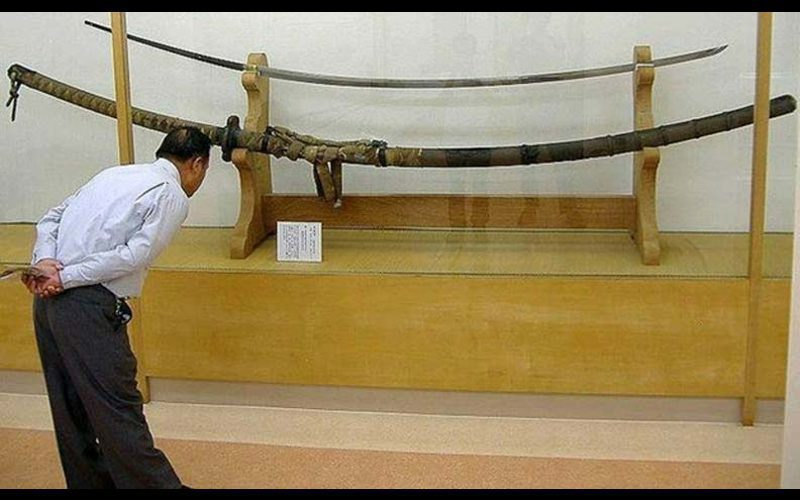
Throughout Japan’s history, the
Let’s explore the history and use of the odachi
Characteristics of the Japanese Odachi Sword
The traditional construction of the Japanese blade made the odachi
Metal and Construction
Like other traditionally-made Japanese swords, the odachi was crafted from tamahagane, high carbon steel produced from the clay smelters in Japan. Japanese blades feature a soft steel core called shingane and a hard outer steel jacket called kawagane. The former functions as a shock absorber, preventing the
Many non-traditional swordsmiths craft odachi replicas with high carbon steel blades, but they are not of the tamahagane steel. Other reproductions also feature damascus steel with a distinctive watery pattern which is not an aesthetic feature of Japanese swords.
Blade Appearance
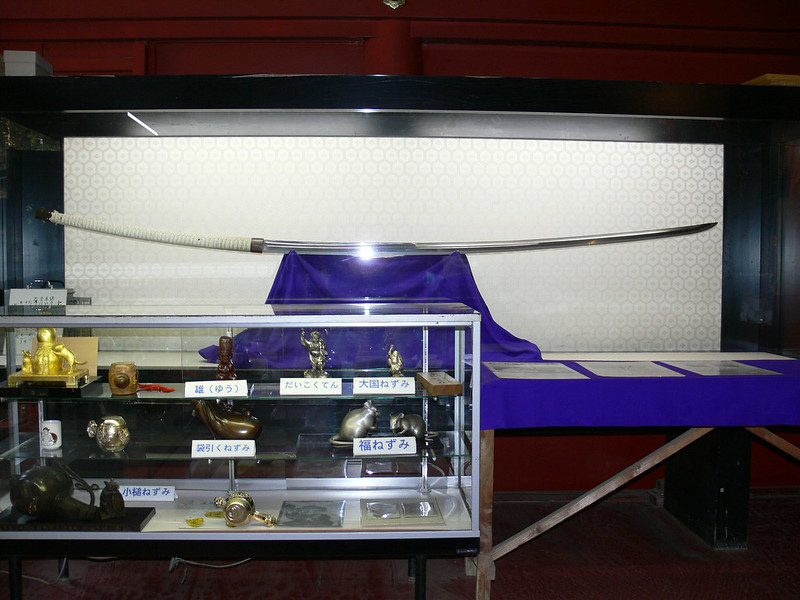
Japanese swords are slightly curved and single-edged, but some odachi were only sharpened near the tip of the blade, leaving the half near the handle rounded like a clamshell. Like all traditionally-made Japanese blades, the odachi features a hamon, a visible pattern along the edge, which indicates that the swordsmith hardened the edge more than the rest of the
Size and Length
The odachi
However, most of these enormously long examples in temples and shrines were only designed as votive offerings and never used in battle. Modern reproductions usually weigh around 3 to 4 pounds. Odachi swords were still shorter than the usual samurai spear or yari, which was about 4 meters long.
Sword Mounting
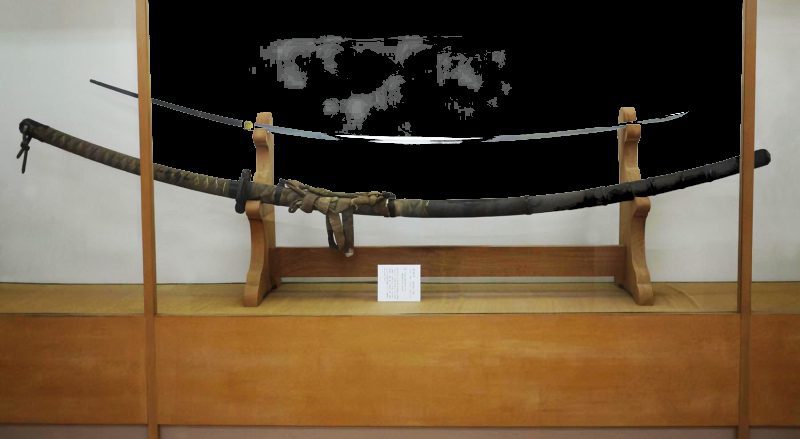
The odachi has a shorter hilt in relation to its blade length, making it difficult to handle. Still, it has the traditional
In some depictions, the samurai held the shorter versions of odachi in their left hand. Shorter versions of the
Best Odachi Swords Available Online
The Japanese odachi
1. Best Overall: Odachi Samurai Sword
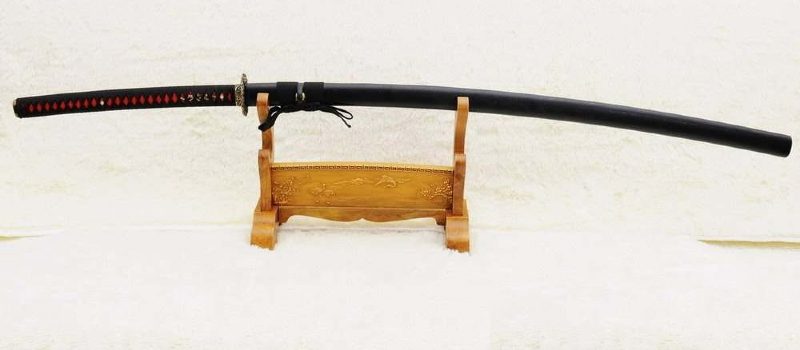
If you’re looking for an aesthetically pleasing
This odachi
2. Best Premium: 1095 Clay Tempered Nodachi
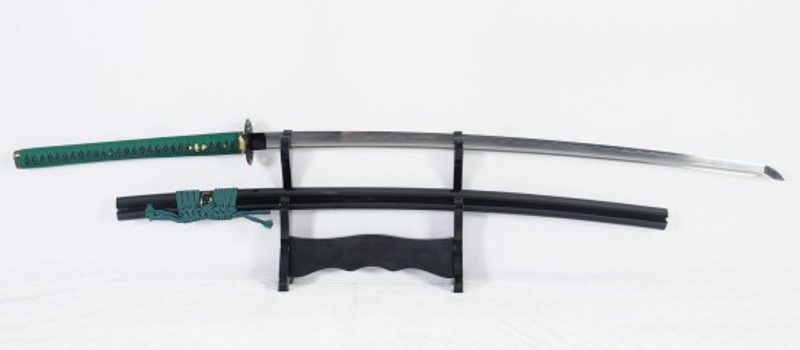
If you’re looking for a battle-ready
For a budget of around $700, you can also have a customized
3. Best on a Budget: 1060 Carbon Steel Nodachi
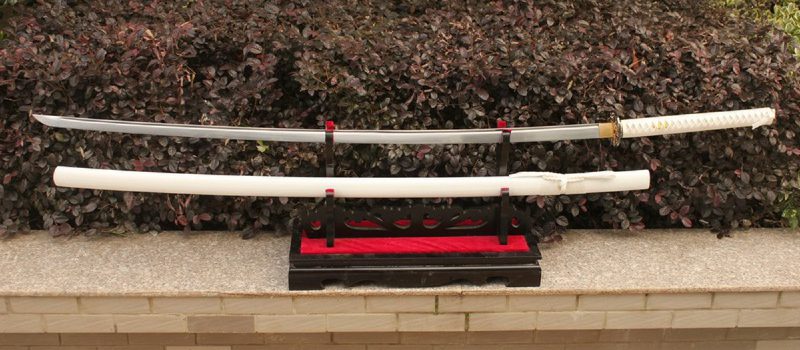
If you want to start your
However, it does not allow customization on
4. Best for LARP: Nodachi Foam Sword
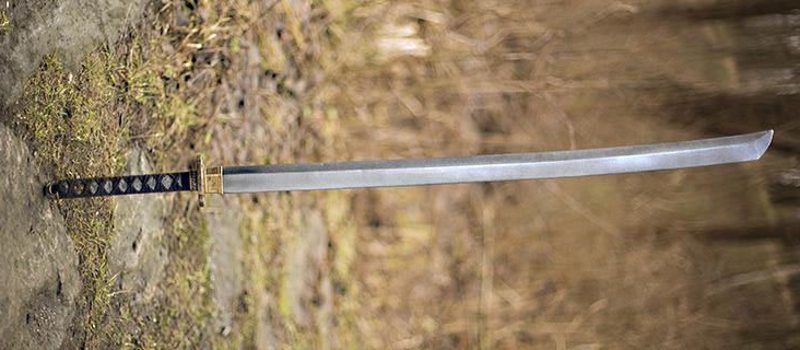
Channel your inner samurai warrior with this nodachi foam
This nodachi
Facts About the Odachi Sword
The names odachi and nodachi translate as large tachi and field
Here are the things you need to know about the Japanese odachi:
Foot soldiers used the odachi against the cavalry.
The unwieldy-looking swords are characteristics of the Nanbokucho period, when the samurai mostly fought on foot rather than on horseback. It delivered fatal blows in single combat and was efficient for bringing down enemies’ horses.
Some samurai warriors also used the odachi while on horseback.
Sword fighting from a horse was never easy, especially since the length of the odachi made it top-heavy. Some stabilized the long weapon by tying a cord around the warrior’s
The samurai carried the odachi on their back and called seoidachi.
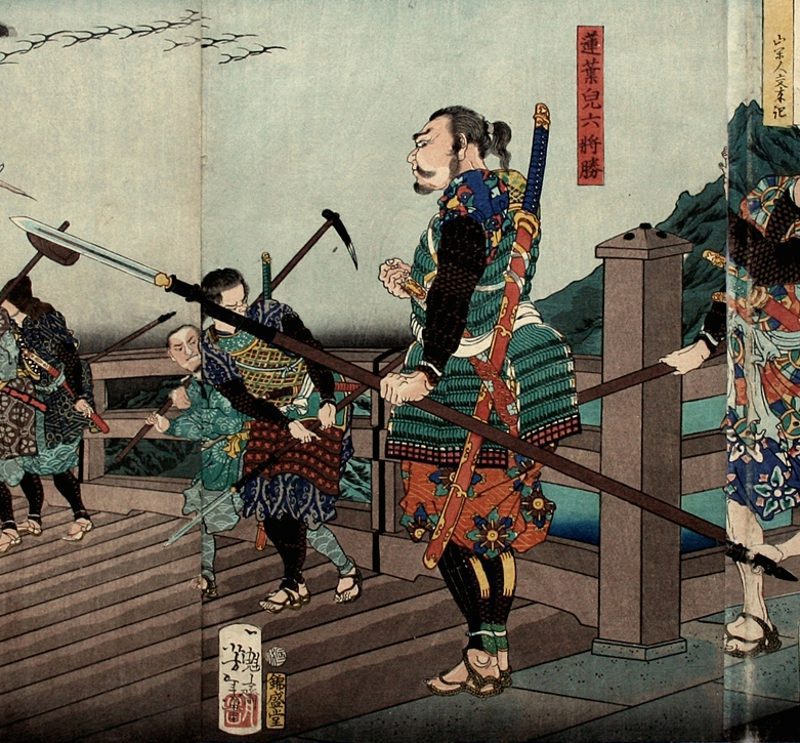
Longer than the normal-sized swords worn at the waist, the odachi was carried on the samurai’s back, hence the name seoidachi, meaning back-carried tachi. However, such a long blade would have been difficult to draw from the scabbard by a samurai alone. So, a retainer traditionally carried it for him and held the scabbard when the warrior needed to use the weapon.
The nodachi swords demonstrated the prowess of the warriors who used them.
At the battle of Anegawa in 1570, samurai Makara Jūrōzaemon used the odachi to cut off the limbs of his enemies. In some accounts, he wielded it only with one hand, though the actual length of the weapon varies in different sources. His son Naomoto who fought with him, used a shorter odachi, about 130 centimeters long.
The late 14th-century Twelve Animals’ War Scroll also depicts the animals of the Chinese zodiac fighting a battle and portrays the characters armed with samurai weapons, including the odachi.
The Japanese pirates or wokou also utilized the odachi swords.
Between the 13th and 16th centuries, the Japanese pirates consisting of the ronin or masterless samurai and Chinese sailors, plundered the Chinese and the Korean coasts. Most of them were under various Japanese feudal leaders, and the wokou used the odachi swords. In response, the Ming army also resorted to their long sabers changdao to fight them.
Some collectors consider the odachi as a great
Japanese blades are classified according to blade length, in which one shaku is equivalent to 30.3 centimeters. Swords over 2 shaku are considered long swords, usually tachi and katana. The distinction between a katana and an odachi would seem to be a blade length of over 3 shaku or 90.9 centimeters.
In Japan, blades that are longer than this are often casually referred to as long swords rather than being identified as a different
The historical odachi swords varied greatly in size.
The Gempei seisui-ki, also Record of the Rise and Fall of the Minamoto and Taira, mentions an odachi of 3 shaku 6 sun or 109.1 centimeters. In the Taiheiki or the Chronicle of the Great Pacification, the
During the Onin War period, an account mentions an odachi of 7 shaku 3 sun or 221.2 centimeters. When the use of odachi was declining during the Sengoku period, it measured 5 shaku 8 sun or 175.7 centimeters.
The Japanese nagamaki
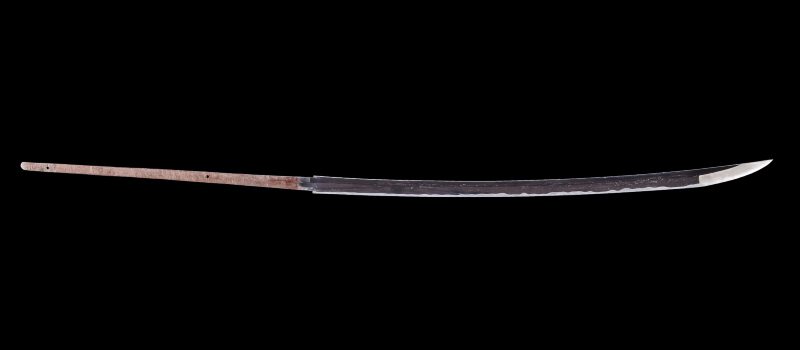
Characterized by its long hilt which was often as long as its blade, the nagamaki evolved from the odachi swords. To make odachi easier to wield, the warriors wrapped the lower portion of the blade, which was often left blunt-edged, extending the grip. These swords were called nakamaki nodachi, which translates as nodachi wrapped around its middle. Later, the hilt itself was made longer, resulting in the nagamaki sword.
Many nodachi swords were later shortened into a katana.
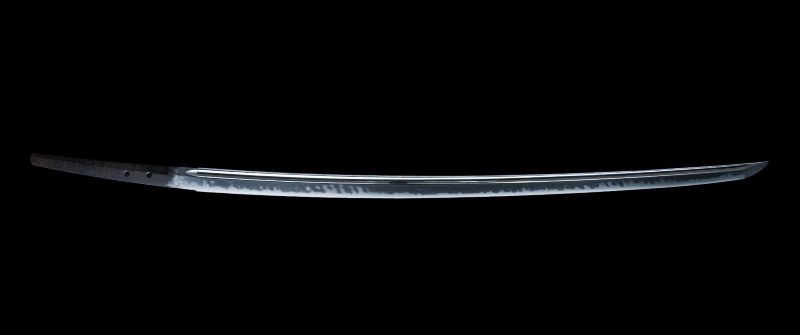
During the Momoyama period, from 1574 to 1600, many nodachi blades were reshaped into a samurai katana
Odachi swords served as a proof of a swordsmith’s skills.
In 1447, swordsmith Norimitsu of Osafune crafted an extremely long odachi measuring 377 centimeters long, which remains the longest
Conclusion
In the hands of a samurai warrior, the odachi was a devastating weapon on the battlefield. However, not many odachi retained their original form because many were shortened to make more practical samurai swords like naginata and katana. These frightening-looking weapons have symbolic significance in shrines and are sought-after by
